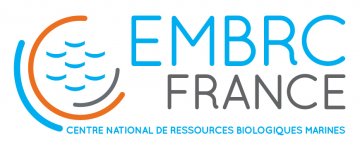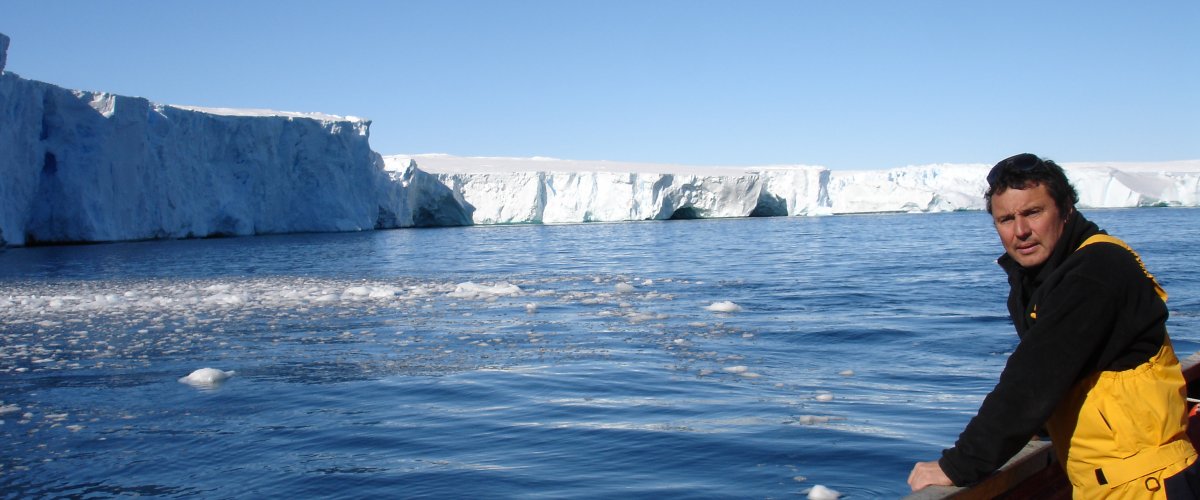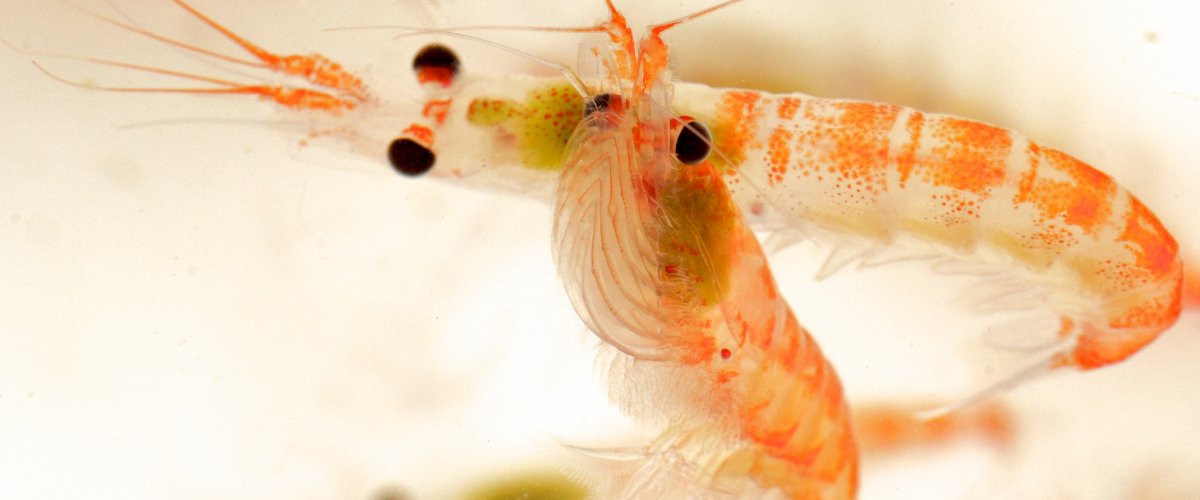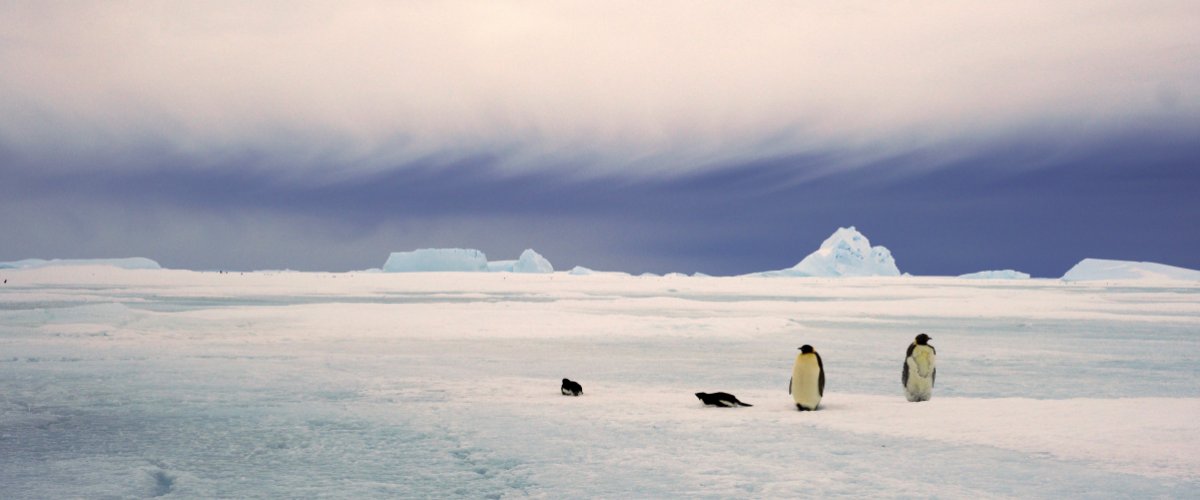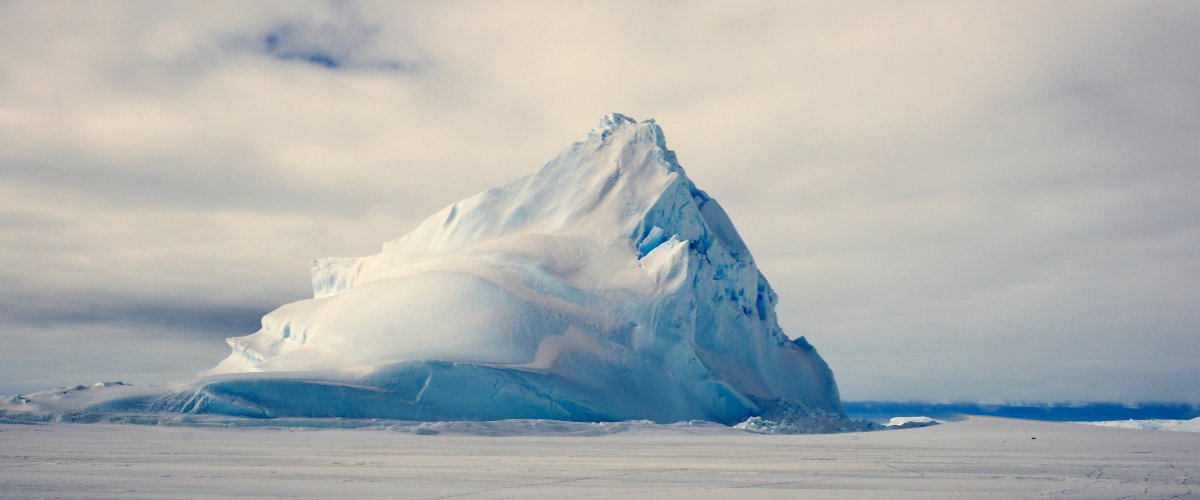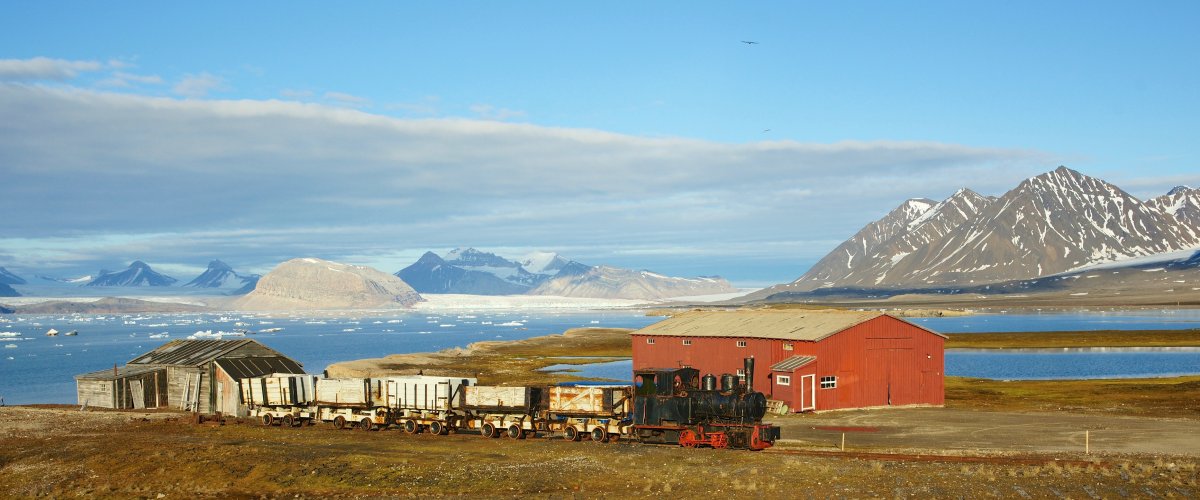Jean-Yves Toullec
Maître de conférences Sorbonne Université

Teaching:
My teaching activity (Animal Biology and Comparative Physiology) is mainly carried out in “Licence du Vivant”, equally between the campus of Sorbonne University in Paris and the Roscoff Biological Station.
Main scientific interests:
- Tolerance to temperature increase in krill from polar media
This theme was initiated in 2008 on the tolerance to temperature increases in Antarctic krill and has been the main focus since I joined UMR 7144 (SB Roscoff) in 2009.
The prospect of global warming seems to be gaining more and more support from the world scientific community. The polar zones are the first to be affected. The euphausiids grouped under the label "krill" constitute a good model in terms of diversity and latitudinal distribution, which underlie a diversity of adaptations, particularly to temperature. They are also the main prey of marine predators such as seabirds or marine mammals. Thus, they are both the mainstay of the local food chain and a direct trophic link between the extreme levels of this chain. The emblematic member of this family of crustaceans is the Antarctic krill stricto sensu, Euphausia superba. It is also the most abundant, forming 50% of the biomass of Antarctic zooplankton in the Southern Ocean. This family of Euphausiids includes several members, all with circumpolar distributions with a distribution largely governed by temperature tolerance. They therefore represent relevant models for phylogenetically framed studies aimed at understanding the underlying mechanisms in the resilience/sensitivity of species to global warming.
The objective of this project is therefore to better understand the mechanisms governing the differential distributions of krill generated by environmental stress, in this case temperature. This information will allow us not only to enrich our knowledge of the physiology of Euphausiids in general, but also to deepen our understanding of the mechanisms of adaptation to temperature. Comparison between krill species from different environments has enabled this project to show differences in responses to thermal stress, which highlights the existence of strategies adapted to different environments (Cascella et al., 2015; Huenerlage et al., 2016; Papot et al., 2016). It therefore appears important to broaden the comparative aspect of this study by multiplying the species chosen according to their living environment, following for example a latitudinal gradient, with Antarctica in extreme environments. In this context, a transcriptomic approach is being carried out on Antarctic and sub-Antarctic species, as well as boreal krill species, with the aim of highlighting the molecular signatures potentially associated with their respective geographical distributions. At present, seventeen krill transcriptomes are already available at the laboratory: those of two Antarctic Euphausia (E. superba and E. crystallorophias) (Clark et al., 2011; Toullec et al., 2013) and those of two Arctic Thysanoessa (T. raskii and T. inermis) (Huenerlage et al., 2016). The assembly of transcriptomes of 8 new krill species sampled on the subantarctic-antarctic gradient during the last REPCCOIA 2017 campaign (PEBS adaptation 2017 funding) is completed within the framework of this project (E. frigida, T. macrura, E. triacantha, E. vallentini, E. longirostris, E. similis, N. megalops, T. longicaudata). Five supplementary krill transcriptomes are available at the lab.
When completed, this program as a whole will provide essential information on the thermal tolerance of representatives of the most important animal biomass in the Antarctic region, on the molecular cascades involved in these conditions and on whether these crustaceans can constitute a relevant ecological marker of warming waters. On the other hand, the comparative aspect between Antarctic endemic species with different ranges and Arctic and sub-Antarctic species is a rich component of the program in the study of the adaptations of marine organisms to temperature variations.
- Molecular evolution of CHH peptides
The set of peptides belonging to the CHH family has mainly been studied in decapod crustaceans and the amount of information on the number and structure of its members in groups outside the decapods is limited.
The essential part of this work has been to identify peptides of the family outside of the decapoda and insects. Indeed, peptides belonging to the CHH family, ITP (ion transport peptide) have been characterized in a number of insects. They therefore constitute a new, well-identified subfamily. Peptides of the CHH family have been cloned in a branchiopod crustacean, Daphnia magna, and in a springtail, Folsomia candida, and genes encoding such peptides have also been reconstituted in silico from the genome sequences of six insects, a branchiopod, a chelicerate and four nematodes.
All these data enabled the creation of phylogenies which, together with information on gene structures, led to proposing for the first time an evolutionary scenario for this multigenic family. These phylogenies show in particular that the peptides found in Branchiopods have a common origin closer to insect ITPs than to malacostracan CHHs, which brings new arguments to the controversy on the phylogeny of Arthropods and more particularly on the relationships between hexapods and crustaceans, in particular by positioning Branchiopods at the base of hexapods. More recently, the sequencing of krill transcriptomes also made it possible to characterize the first members of the family in Euphausiids (Toullec et al., 2013). The study of the transcriptome of the Antarctic shrimp Chorismus antarcticus has, in particular, made it possible to highlight, in addition to the expected forms of the CHH family, the first forms of ITP-like in a decapod (Toullec et al., 2017) and to perform phylogeny on more than 250 isoforms from arthropods.
- Campaigns at sea or in the field:
Participation in various offshore and field campaigns to study crustaceans in hydrothermal or polar springs:
- HOT 96 (Campaign in the eastern Pacific (9 and 13° north) with an exploration dive on the mid-Pacific Ridge);
- MARVEL 97 (Campaign off the Azores on the Mid-Atlantic Ridge)
- HOPE 99 (Campaign in the eastern Pacific (9 and 13° north) with an exploration dive on the mid-Pacific Ridge)
- MOMAR DREAM 2007 (Mid-Atlantic Ridge Campaign)
- KREVET" project: offshore campaigns and experiments at the Dumont d'Urville station (2 months, Terre Adélie), winters 2008, 2009, 2011 and 2015 and at Ny-Ålesund (3 weeks, Svalbard) summers 2012 and 2014. (project leader)
- Project " REPCCOIA " 2017, 2019: 5-week campaigns at sea in the Southern Indian Ocean. (co-project leader)
